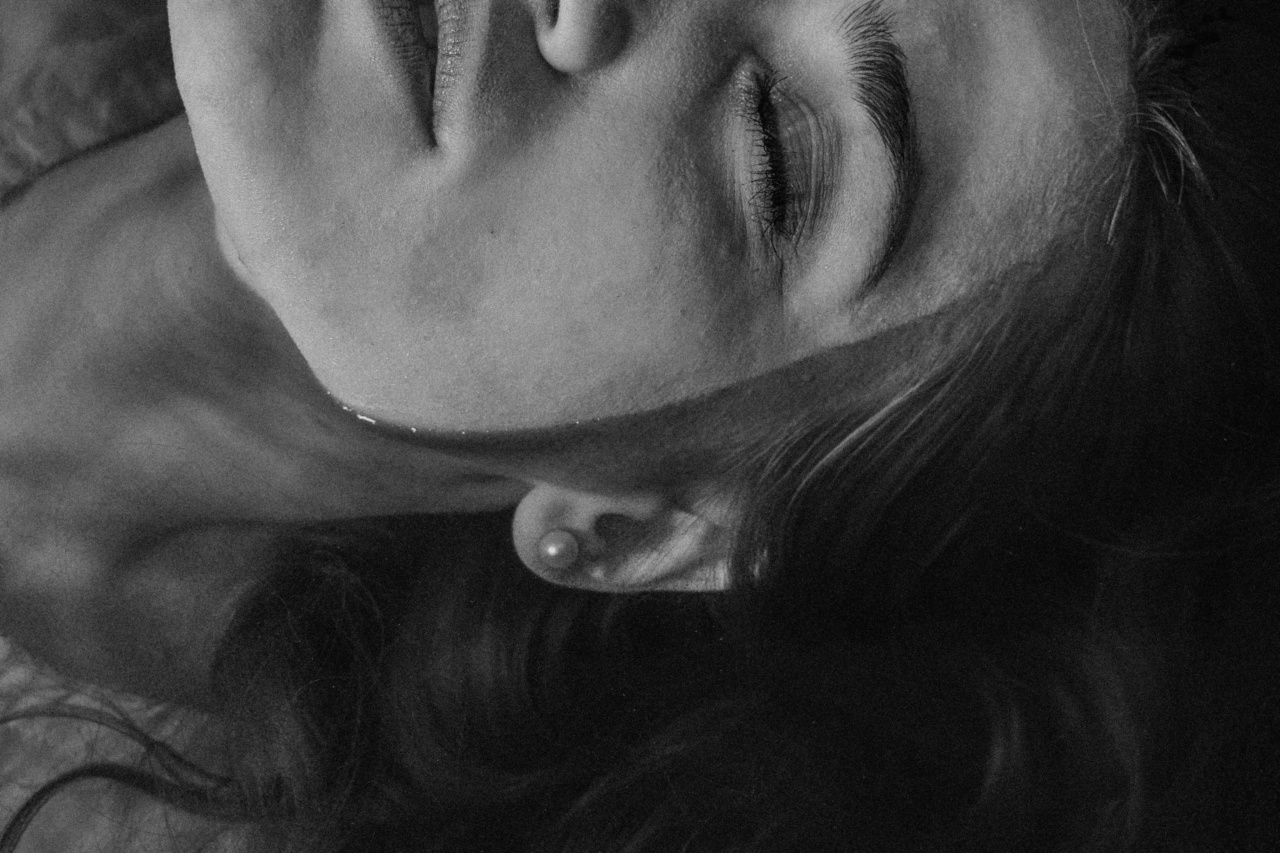When it comes to combating the signs of fatigue and stress, there are plenty of remedies out there. From superfoods to mediation, there are a myriad of ways to help reduce the impact of daily life on your health.
However, one area that is often overlooked is eye health and care. Our eyes tend to be the first place to show the signs of stress and fatigue, and while there are plenty of eye creams and other products out there, there is one technique that can help to instantly relax and rejuvenate your eyes.
Here’s how to incorporate it into your daily routine.
What is the One Move?
The one move in question is a simple exercise called palming. It’s a technique that has been used for generations to help reduce eye strain and promote relaxation.
The technique involves covering your eyes with your palms and holding the position for several minutes. It’s a straightforward technique, but it can have a profound effect on your eye health and overall well-being.
How Does Palming Work?
The act of palming gives your eyes a chance to rest and recover from the constant strain they endure throughout the day. When we focus on screens or spend hours reading or writing, we can cause tension and strain in the muscles of our eyes.
Palming helps to reduce this tension by blocking out external light and giving your eyes a chance to relax. It also encourages blood flow to the eyes, which can help to reduce puffiness and dark circles.
How to Palm Effectively
When you’re ready to palm, start by finding a quiet, comfortable place to sit. Take a few deep breaths to help you relax and then follow these steps:.
- Place your hands over your eyes so that your fingers meet in the middle of your forehead.
- Cup your hands so that they are not touching your eyes and the fingers of each hand are interlaced. Your palms should cover your eyes completely, but leave a small gap between your palms and your nose to prevent discomfort or pressure on your sinuses
- Take a few deep breaths and try to relax your whole body, including your face and eyes.
- Hold the position for 5-10 minutes or longer, depending on your preference.
- Remove your hands and slowly open your eyes.
You should feel an instant sense of relaxation and relief from eye strain. Some people even report feeling more alert and focused after palming, making it a great technique to use before an important meeting or task.
Other Tips for Eye Care
While palming can be an effective way to care for your eyes, there are also a few other things you can do to promote eye health and prevent strain. Here are some tips to try:.
- Take regular breaks from screens: Aim to take a break every 20 minutes and look away from your screen for at least 20 seconds
- Use the 20-20-20 rule: Every 20 minutes, take a 20-second break and look at something that is at least 20 feet away from you. This helps to prevent eye strain and fatigue.
- Stay hydrated: Drinking enough water can help to keep your eyes moist and comfortable.
- Eat a healthy diet: A diet rich in antioxidants and omega-3 fatty acids can help to promote eye health.
By incorporating these tips into your daily routine, and finishing off with a quick palming session, you can help to keep your eyes looking and feeling their best.
Conclusion
Palming is a simple yet effective technique for promoting eye health and reducing eye strain. With just a few minutes of practice each day, you can promote relaxation and reduce puffiness and dark circles.
Paired with these other eye care tips, you can keep your eyes looking and feeling their best no matter how busy your day gets.



























